Long exposures enable us to see otherwise impossible-to-see worlds with our own eyes. Thanks to long exposures, we can capture movement in a fixed image. Our eyes are capable of recording moments as stills in our brain, but since we cannot see movement as a fixed image, long-exposure photography triggers our imagination, and that's perhaps the main reason why such images are so appealing to us.
Note: If you want to take your own long exposure photography to the next level then Kent Dufault's excellent guide is on special for Light Stalking readers until next week. See the special here.
What is Long Exposure?
Stationary elements and slow-moving objects can be captured using slow shutter speeds. Everything that is intended to capture a scene under this criteria is called a “long-exposure photograph“. Long exposures are easier to achieve in low light situations than in bright ones. This is because when a scene is bright, our camera has to do some math around the exposure, and we may also need filters to block all that light. Bright scenes are likely to jeopardize a long-exposure scene by giving us overexposed images.
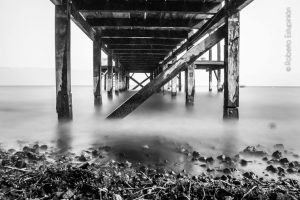
Long exposure happens because of decisions a photographer makes. The decision results in less light passing through the lens and hitting a sensitive medium for a “long time”. Even though we are now capable of freezing time with extreme sharpness and precision with a camera, long-exposure photography and the sense of time it imparts is still much desired by many photographers, regardless of their experience level. Many photographers work for years to master light and time to produce their own vision of the world. Some photographers have such mastery that they end up doing “Trademark Development” like Alexey Titarenko, Hiroshi Sugimoto and Chris McCaw.
How to control Long Exposures
First things first: keeping our camera still is perhaps the most important thing during a long exposure photograph. We may think that one second is quick, but in terms of photography it is almost an eternity. Depending on our physical skills, we might be able to keep our camera steady at 1/60 to even 1/15 of a second, but the images will probably appear blurry and not frozen. Keeping our camera steady with a tripod or any other stable surface is the first thing we need to do for a perfect long-exposure photograph. With a sturdy tripod, we'll be able to shoot images at shutter speeds of several minutes, without any hassle.
Beyond keeping our camera still with a tripod, we can reduce camera shake by using a remote- control trigger and locking our camera's mirror (kudos for the mirrorless systems). Some photographers are pretty meticulous, and they cover the viewfinder of their camera with a little piece of rubber that comes with the camera strap. This rubber cap helps reduces the risk of unwanted light leaking into the exposure.
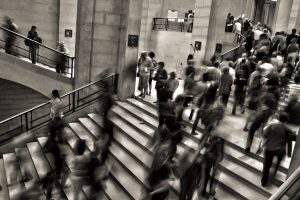
Long-exposure photographs are usually taken not at standard shutter speeds, but in BULB mode. BULB mode gives us total freedom to select exposures that can last longer than 60 seconds. Another healthy practice when working with long exposures is to turn on your ISO noise reduction setting, because even at a low ISO sensitivity the extreme amount of light hitting the sensor can cause noise in the final image. This happens due to a phenomenon called as “hot pixels”, where certain PIXELS of our camera's sensor literally get extremely hot and produce noise. When magnifying our image at 100%, this noise is seen as red/green/blue pixels in our images.
We need to be clear about one thing. Just as converting a poorly composed image into black and white will not enhance its meaning, poor compositions without a solid intention will not become deeply meaningful just because they are shot at long-exposure settings. Always try to compose properly before pressing your shutter.
The use of Filters in Long Exposure Photography
ND, or Neutral Density filters, are the secret sauce for exquisite long-exposure photography, even during the day. Imagine these filters as shades or light restriction devices you attach to your camera in order to trick your exposure meter to find the best exposure.
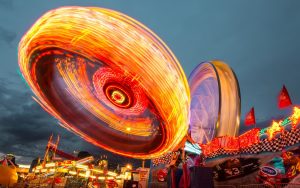
ND filters can be found from ND2 (1 stop of light reduction) to ND1000 (which gives 10 stops of light reduction). Can you imagine shooting a bright daylight scene with a 4-second shutter speed and still getting a correctly exposed image? Well, that is what these ND filters are capable of doing. They empower us to use reckless camera settings without having to come home with 100% overexposed white images.
The following chart will help you calculate your current applied settings for normal light situations into the language of long-exposure photography:

Types of Photography that work with Long Exposures
Even though certain styles of photography crave long exposures, we may not ever limit ourselves. There are many great examples of long-exposure photography that are not necessarily inside the traditional styles of photograph that we'll discuss now:
Water
Magically, long-exposure photography give us the power to preserve the motion of water in a way we can never see with our own eyes. With the slow settings of long-exposure photography, water turns into a milky substance that could easily be part of a dream.
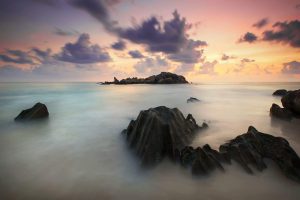
Night
It makes sense to use long exposures at night, because light is scarce and the only way to get an image in darkness is to give the camera's sensor more light by keeping the shutter open for longer than we would for a bright sunny scene. This light-absorption maneuver allows our sensor to capture the scene in a way our eyes could do in darkness. The famous astrophotography of star trails happens by working with long exposure settings and another post-processing technique called “stacking.”
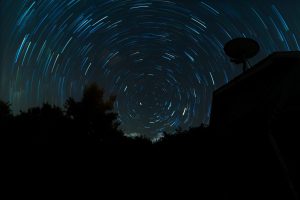
Light Painting
Light painting is not just people having fun with laser pointers or firecrackers in front of a camera writing their names. Light painting is a serious technique used by many photographs who pursue creativity thanks to the eerie nature of hard light beams that can be tracked by a camera's sensor in conjunction with long exposure settings.
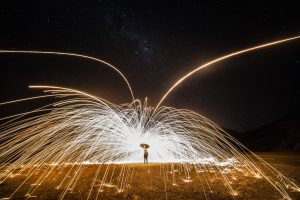
Clouds
Like water, clouds can be captured in a way that is impossible for our eyes to see in real life.
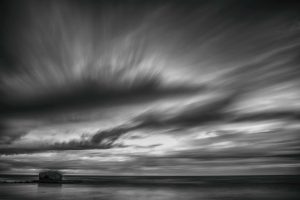
All these magical worlds and beyond can be revealed and appreciated with long exposure photography. Please give it a try and share your results with us. Remember that in whatever you do in photography, constant practice will always be the common factor among photographers who love taking pictures.
REMEMBER: If you want to take your own long exposure photography to the next level then Kent Dufault's excellent guide is on special for Light Stalking readers until next week. See the special here.




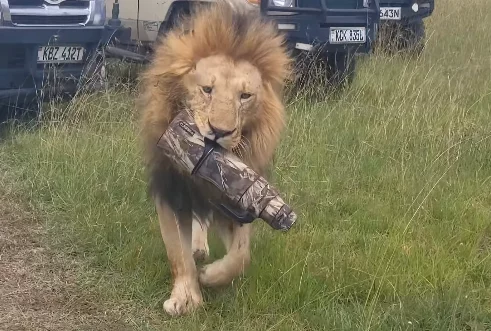


6 Comments
The rubber cap stops light entering the viewfinder and hitting the light meter giving you an incorrect meter reading on a camera with a mirror. Its not for preventing unwanted light leaking into the exposure, the flipped up mirror does this. If you are shooting with a DSLR in live view, you don’t need to use it, it’s only handy where you take meter readings without being in live view.
Sorry but this is so wrong.
From personal experience I know that not putting a cover over my eyepiece can destroy (or alter) a long exposure image due to, yes, light leaking in. Try this experiment…. line up a long exposure shot so that the sun is directly behind your camera. take one shot with the viewfinder covered – say a 30sec exposure – then repeat with it not covered but essentially in the same conditions. Now tell me the difference between the two images?
The light meter, for the record, is on the front of modern DSLR’s – an eminently sensible position.
Long Exposure was what got me into photography. I had seen shots of traffic that you only see the lights and wanted to know how. Once i got a camera, i then found steel wool and it was all long exposure for a while from there. I have also done some experimenting with zoom and focus change while doing long exposure and have gotten some really cool results.
You’ve got me curious, Kyle. What is the steel wool used for?
For light painting…
https://www.diyphotography.net/how-to-create-a-steel-wool-light-painting-vortex/
https://www.google.at/search?q=steel+wool+light+painting&source=lnms&tbm=isch&sa=X&ved=0ahUKEwjoiOGexM_UAhUmM5oKHSAmBEYQ_AUICigB&biw=1463&bih=840
“ND filters can be found from ND2 (1 stop of light reduction) to ND1000 (which gives 10 stops of light reduction).”
There actually is a 16-stop filter available from Formatt Hitech now (Firecrest series). The Hitech Firecrest is particularly interesting in that it is completely color neutral (even the 10-stop and 16-stop filter and even if some filters are stacked). In this regard it is regarded to be better than the Lee Big Stopper.